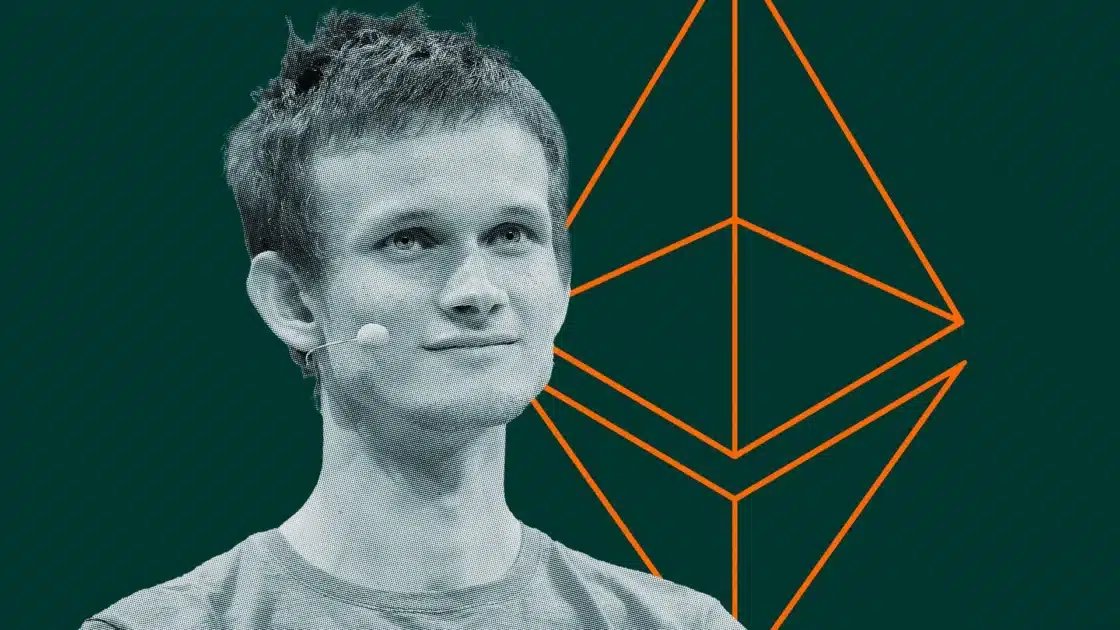Steak ‘n Shake Launches Bitcoin Treasury and BTC Burger Promotion
TLDR
- Steak ‘n Shake created a Bitcoin treasury to hold all BTC payments received from restaurant sales
- Customers who buy the Bitcoin Steakburger or Bitcoin Meal get $5 in BTC through Fold app
- The chain will donate 210 satoshis (about $0.23) from each Bitcoin Meal to OpenSats charity
- Bitcoin payments have cut the company’s payment processing fees by roughly 50% compared to credit cards
- Same-store sales increased 15% in Q3 2025, with Bitcoin users credited for driving growth
Steak ‘n Shake announced it will store all Bitcoin payments from its restaurants in a dedicated strategic reserve. The fast-food chain made the announcement on Friday through its X account.
The company partnered with Bitcoin services firm Fold to offer a promotion at nearly 400 US locations. Customers who purchase the Bitcoin Steakburger or Bitcoin Meal can claim $5 in BTC by uploading their receipts to bitcoinmealdeal.com.
The rewards are redeemable through the Fold app. The limited-time promotion marks the second collaboration between Steak ‘n Shake and Fold this year.
Will Reeves, Fold’s founder and CEO, said the partnership aims to show how Bitcoin fits into everyday spending. He noted that for many people, this will be their first time owning Bitcoin.
The Bitcoin Steakburger features the Bitcoin logo stamped on the top bun. Steak ‘n Shake launched the special burger earlier this month to celebrate five months of accepting Bitcoin payments.
Donation Program and Cost Savings
Steak ‘n Shake will donate 210 satoshis from every Bitcoin Meal sold to OpenSats. The nonprofit organization supports developers working on Bitcoin Core and other open-source Bitcoin projects.
At current prices, 210 satoshis equals approximately $0.23. The donation program adds a philanthropic element to the company’s Bitcoin integration strategy.
The restaurant chain began accepting Bitcoin payments in May 2025. Since then, it has seen measurable financial benefits from the payment option.
Steak ‘n Shake reported saving around 50% in processing fees compared to credit card transactions. The cost reduction was disclosed in a May filing with financial authorities.
The company reported $69.3 million in revenue for Q2 2025. This represented a 12% increase compared to the same period in the previous year.
Same-store sales rose 10.7% quarter-over-quarter in Q2. The company credited Bitcoin users for helping drive this growth.
The momentum continued into Q3 2025 with a 15% increase in same-store performance. The company attributed this growth to strong support from Bitcoin users across the US, France, Monaco, and Spain.
Fold operates as a Bitcoin financial services company offering debit cards that provide Bitcoin rewards on purchases. The firm went public on Nasdaq in February under the ticker FLD.
Fold shares traded at $3.59 on Friday, down about 3.5% for the day. The stock is down around 68% year-to-date.
 Bitcoin (BTC) Price
Bitcoin (BTC) Price
Bitcoin rose 1% in the last 24 hours to $108,737. Reeves said Fold plans to announce more mainstream partnerships focused on everyday Bitcoin spending.
Last month, Steak ‘n Shake cancelled plans to accept Ethereum payments after receiving backlash from Bitcoin supporters. The 90-year-old company launched a poll asking if it should add Ether, but suspended it after four hours despite 53% of nearly 49,000 votes favoring the expansion.
The post Steak ‘n Shake Launches Bitcoin Treasury and BTC Burger Promotion appeared first on CoinCentral.
You May Also Like

Smart money sells 5 million tokens worth $481,000 when USELESS market cap exceeds $100 million

Vitalik Buterin Reveals Ethereum’s Bold Plan to Stay Quantum-Secure and Simple!
